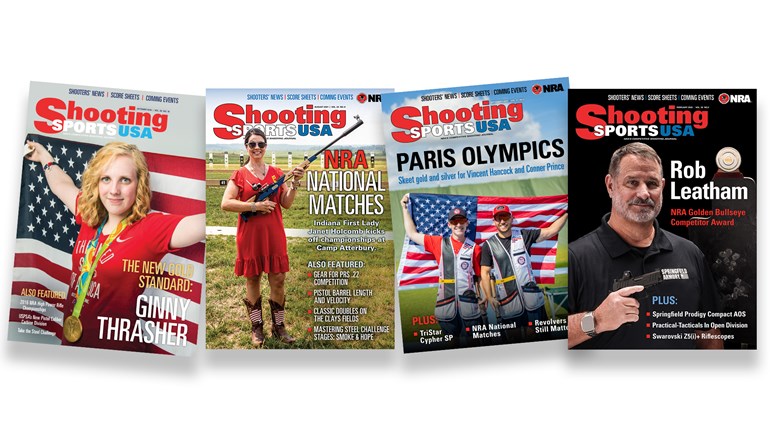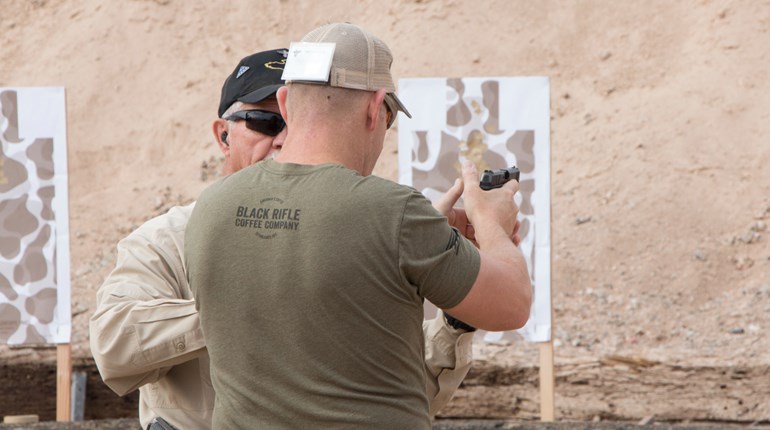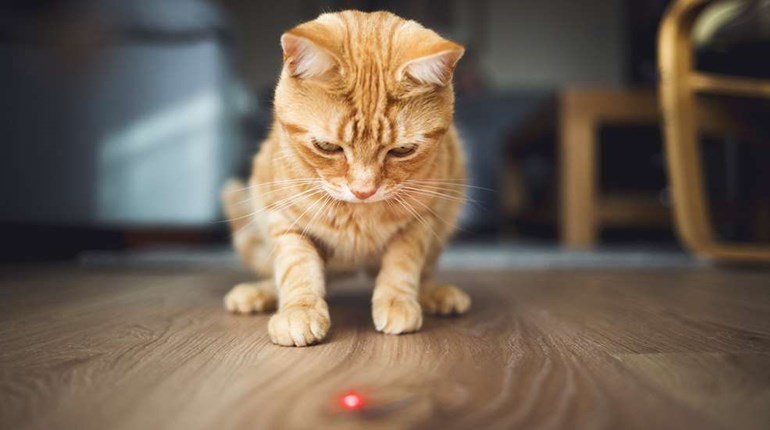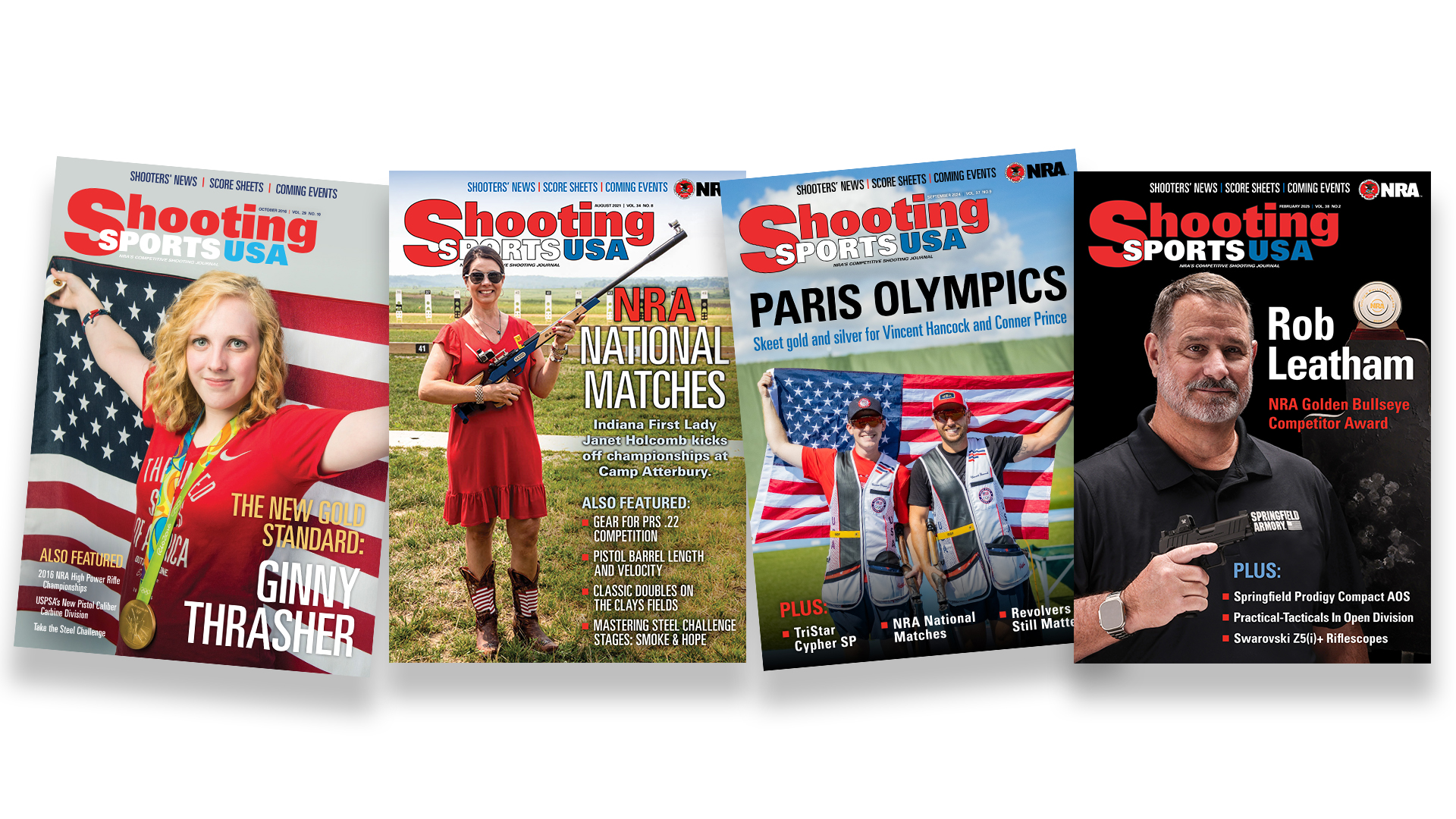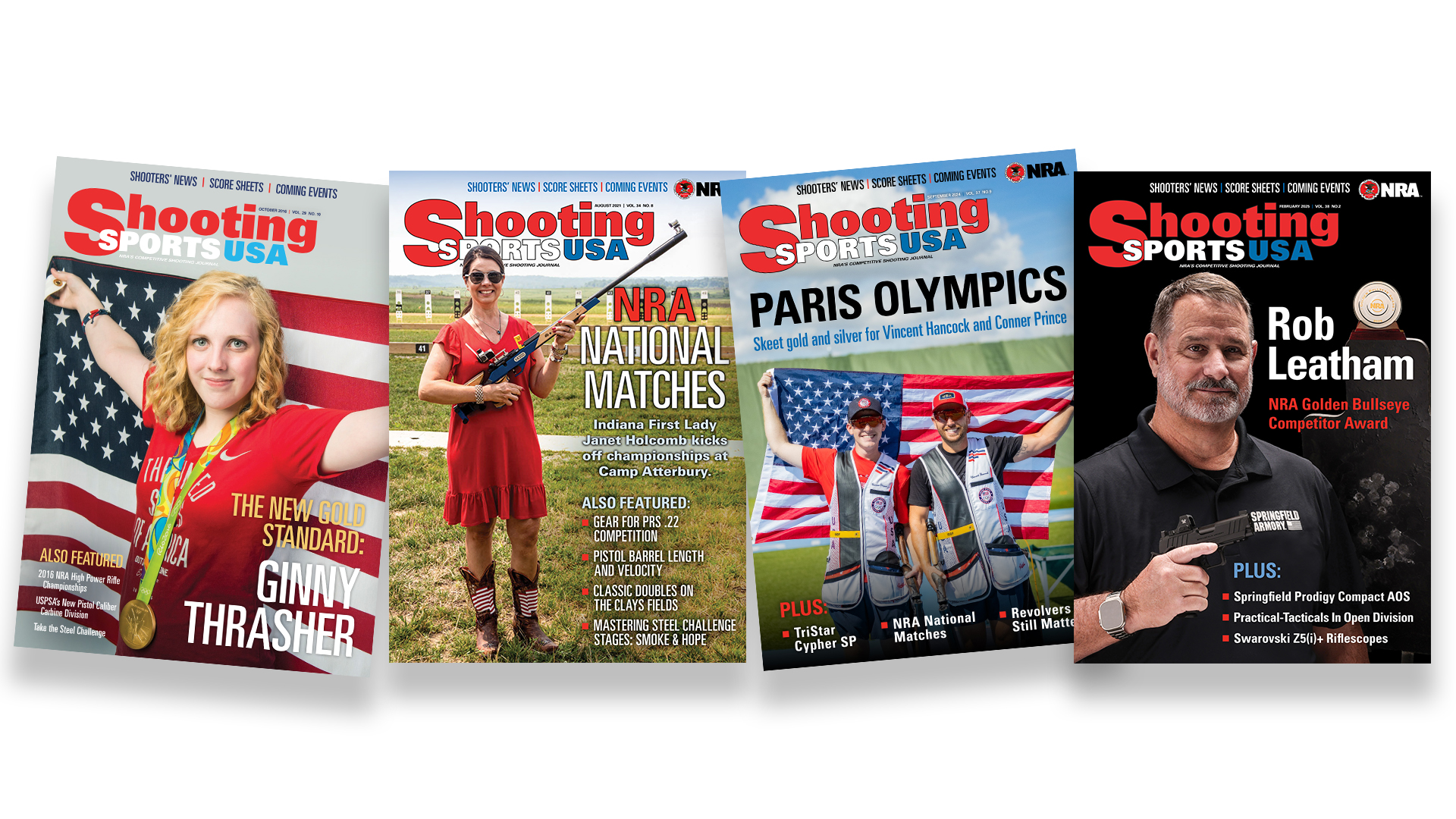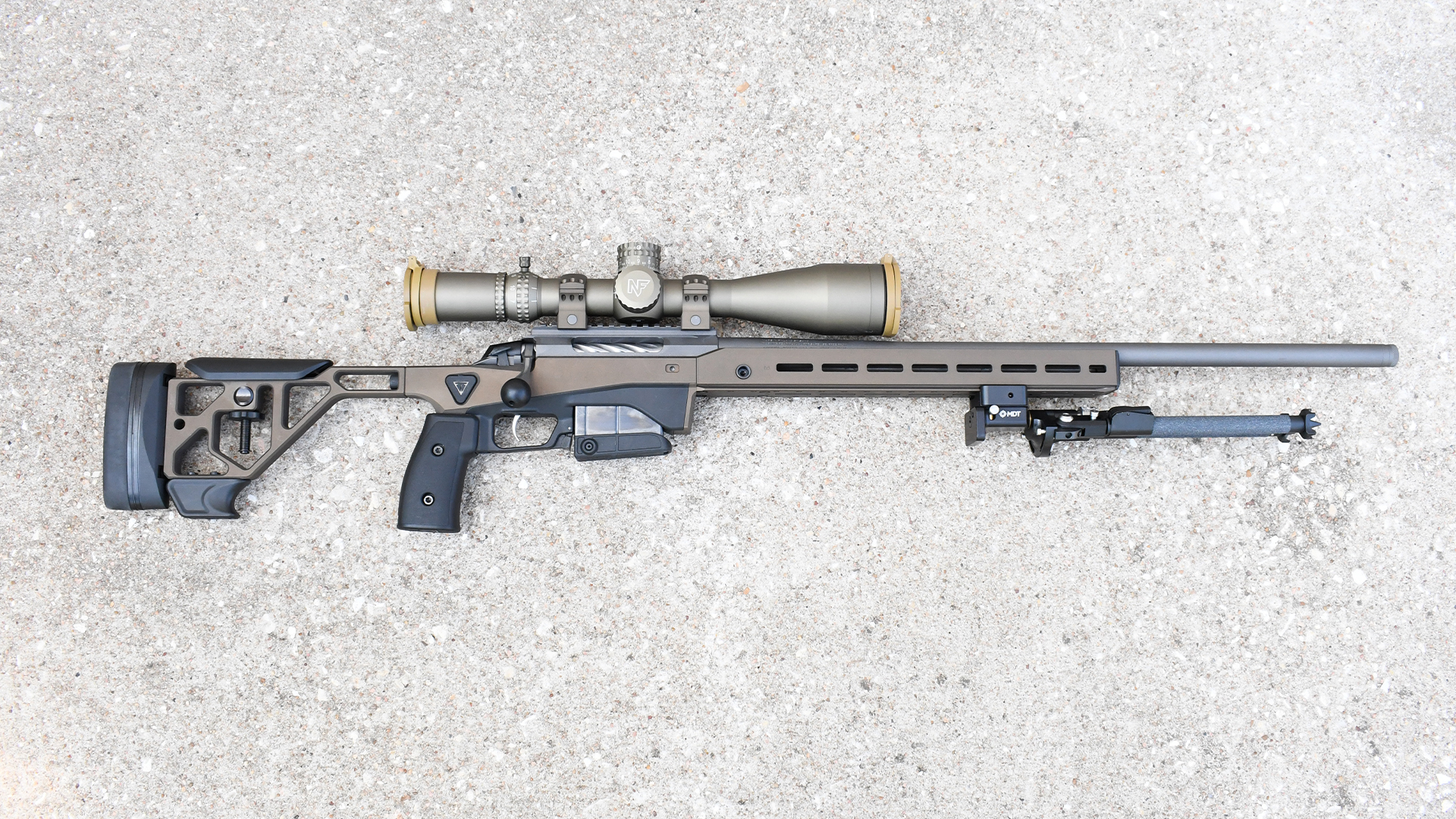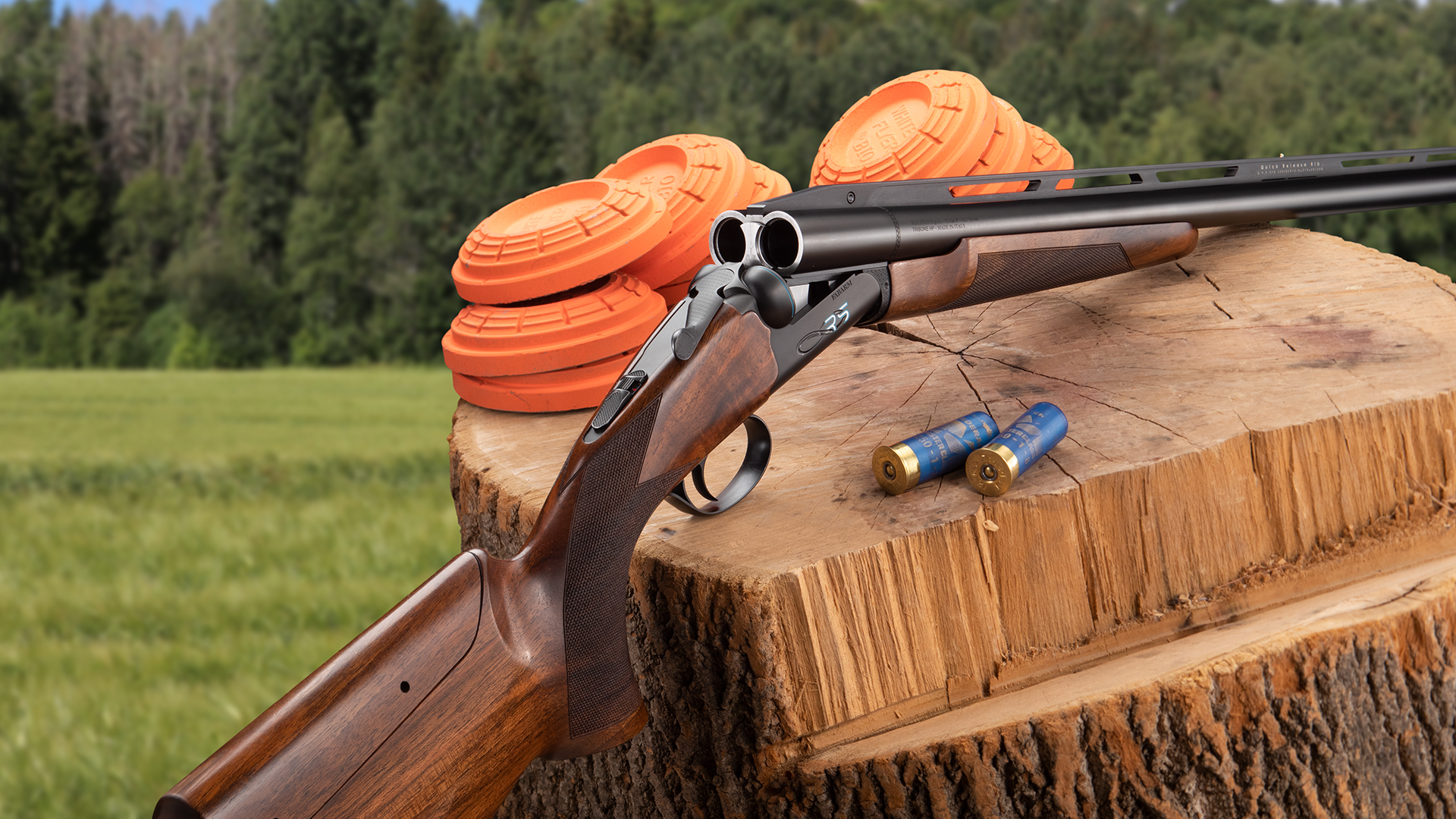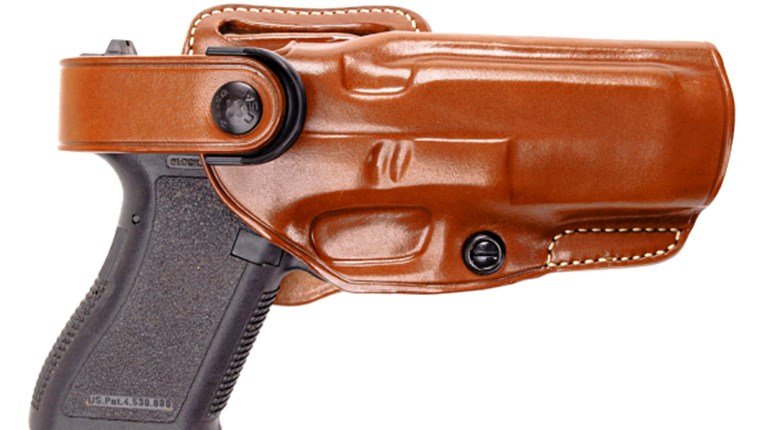
WARNING: All technical data in this publication, especially for handloading, reflect the limited experience of individuals using specific tools, products, equipment and components under specific conditions and circumstances not necessarily reported in the article and over which the National Rifle Association (NRA) has no control. The data has not otherwise been tested or verified by the NRA. The NRA, its agents, officers and employees accept no responsibility for the results obtained by persons using such data and disclaim all liability for any consequential injuries or damages.
From the vault: Historic load development information for high power rifle silhouette shooting from Earl Hines, a former national high power and smallbore rifle silhouette champion. As transcribed from a 1984 NRA National Silhouette Championship seminar where Mr. Hines was a panelist.
Cartridge Selection And Loading For Silhouette
By Earl Hines
Note: Equipment surveys from national championships in the early 1980s show that the most popular calibers for high power rifle silhouette shooting are the .308 Win., 7 mm-08 and .30-'06 Sprg. Hines, however, decided that he can achieve better overall scores by using a lighter recoil cartridge that allows him to make more hits at short ranges but does not always give 100% knockdown on 500m rams. Hines also places more emphasis on precise accuracy and adopted benchrest handloading techniques to achieve that. While these techniques are of primary benefit to advanced shooters, his comments on the importance of light-recoil cartridges are relevant to many shooters. The handloading techniques he describes should only be used by experienced handloaders who understand the principles of tight-necked chambers and how to work up new loads.
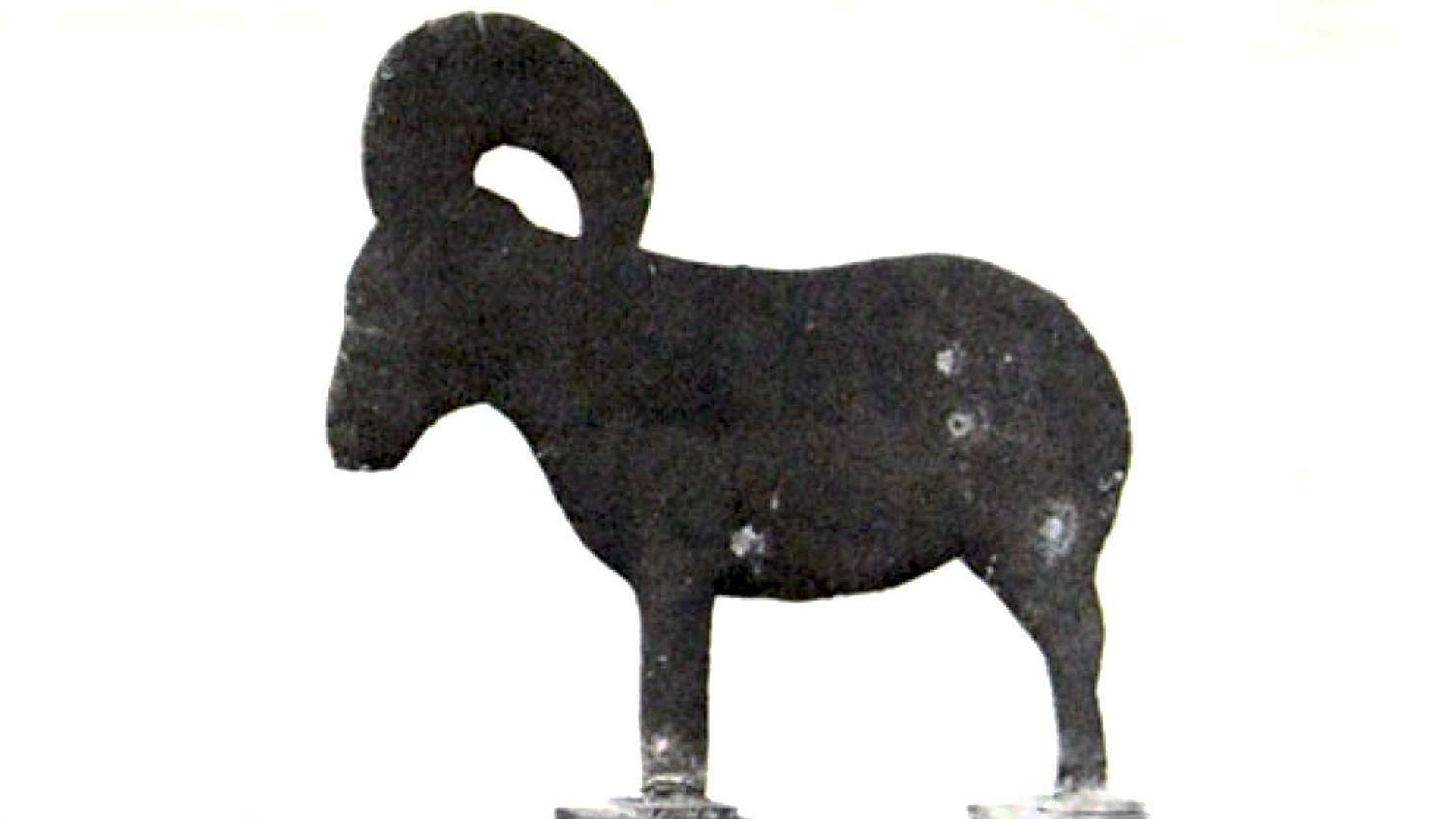
I’d like to talk about the way that I choose a caliber, cartridge or load. For high power silhouette, I can narrow the caliber down to three choices. It has to be 6.5 mm, 7 mm or .30 caliber. The .30 caliber is the most widely used, and the 7 mm comes next. Why? Probably because of the experimentation done with the .30 caliber in high power shooting in the National Match Course. Good .30 caliber bullets are readily available and have proven themselves.
The 7 mm is my choice because of its high ballistic coefficients. Although almost everyone has heard the term, few people really know what is means. The ballistic coefficient affects the ability of a bullet to retain its speed and energy in flight. A key factor here is speed. You may be told that a 7 mm, 168-grain bullet has a ballistic coefficient of .625, but that is at a given velocity. You have to get up to that velocity to get that ballistic coefficient.
The ballistic coefficient of the 6.5 mm bullet is also excellent, but the problem with the 6.5 mm, in my opinion, is the velocity that you have to obtain in order to have the energy to knock over the ram. By the time you get a case that will give enough velocity to at least approach 75% knockdown effectiveness on rams, you are back up to heavy-recoil cartridges.
In my case, I really don’t care whether I knock over all the rams or not. I went to the 7 mm BR because I look for something that has less recoil. With my loose position, I want to shoot a gun that isn’t going to punish me to the point of affecting my performance. I probably shouldn’t say that I don’t care if I knock down the rams; I do care but not at the expense of pain to myself.
I picked the 7 mm because of its excellent ballistic coefficient at lower velocities. For the 7 mm, I feel that the 168-grain and the 175-grain bullets are superior. To use these bullets, I want somewhere between 2,300 and 2,500 f.p.s. What cases will do that for me? First, I tried the 7 mm-08. I made a 7 mm-08 but had to go higher in velocity than I wanted in order to get acceptable accuracy.
When it comes to choosing a case, you have to decide if you want to experiment. It takes time and money. Personally, I enjoy experimenting, but there are easier ways, and that’s what I want to tell you about.
I chose the 7 mm BR which is basically a .308 case necked down to 7 mm and cut back to an inch and a half. You can get the same kind of performance using a different cartridge, for instance, a Remington .223 necked up to 7 mm or .30 caliber, a .22-250 case necked up to 7 mm or a PPC necked up to 7 mm. All these cartridges are efficient, which means that they utilize all the powder in the case while giving adequate velocity and energy at the target. Cases for the 7 mm BR are not commonly available and must be formed, sized, cut and reamed to fit your chamber. This is very time consuming compared to fire forming the .223 in a 7 mm-.223 chamber.
I use a very tight benchrest chamber. With a benchrest chamber, the wall of the case neck must be absolutely concentric. It has to have the same thickness all the way around. The chamber neck on my 7 mm BR barrel is cut to .306 inch. I want the outside diameter of the case neck to be exactly .305 inch. That only gives .001-inch clearance. When I fire the round, the brass stays right there. It doesn’t move as it releases the bullet. It is essential that case necks be reamed or turned when tight benchrest chambers are used. Using unmodified cases is asking for an explosion.
I turn my cases by using a tool which turns the outside of the neck to exactly .305 inch. That leaves .0005 inch on each side of the bore. I can take a ball micrometer and measure it anywhere, and it’s exact. I can then make sure the bullet seats centered in the case so it is centered in the barrel.
I recommend seating bullets in cases with a coaxial seating die and would like to talk about its importance. When you have a barreled action built, the gunsmith is paid to put the chamber in and make sure that it’s absolutely concentric with the center line of the bore. Die makers make the case-forming die concentric so that when you put a bullet into the case, it will be concentric with the chamber, which is concentric with the bore. Everything is absolutely perfect. If you put a bullet in with a die that does not seat coaxially, you can end up with a bullet which is seated incorrectly.
When I put a round in the chamber, the bullet is seated in the lands, not away from the lands. It is pushed up into the lands .025 inch, which creates a certain increase in pressure. The reloading books would say this may cause too much pressure because the reloading books go by what the factory recommends, but I take this pressure increase into account when I work up my loads. This is not to say factory safety standards aren’t needed in the average hunting gun. Here we are talking about cartridges and loading techniques that wouldn’t work for the average hunter or novice. His or her rifle isn’t designed or chambered for this type of loading procedure, so it’s essential that all safety precautions recommended by bullet and powder companies be adhered to.
When I reload, I reload using benchrest techniques. I don’t resize the case. I just fire it, decap it, clean it, put in a new primer, and seat the bullet to a length that is going to seat it into the lands .025 inch.
Now we have to consider load selection. Let’s say that you want to use the 7-TCU which is basically a 7 mm in a .223 case. What powder are you going to start with? How are you going to start working up a load? If you have the tight chamber that I have mentioned, your loading manuals will still give you some information about what a safe starting load is. After I select a powder appropriate for that cartridge, I begin by filling the case with that powder up to the base of the shoulder. Then I pour it out to see how much powder there is. If it comes out to 26 grains, for example, I begin at 26 and add .5 of a grain at a time until the powder comes all the way up to the beginning of the neck. That should be the working range for that load. Next, I fire three rounds with each load beginning with the lightest. I check the primer pocket on each one to see if there is any sign of pressure such as the primer starting to flatten out or the primer indentation beginning to come up or cup around the firing pin. When you find a load that begins to crater the primer a little bit, back it off .5 of a grain and begin working for accuracy.
If the primer pocket starts to crater or flatten out at 30 grains, then go back down to 29.5, 29, 28.5 and 28 grains. Load up 10 rounds of each of those four loads and head out to the range to find out which one is the most accurate. You will probably find your load somewhere in that range.
What kind of primers should you use? That’s something you have to decide for yourself. Everything that you do has to be approached with caution and has to be done for a particular load, bullet and powder. You can’t generalize. If you run out of the particular primer that you use, don’t switch to something else; you could have a pressure problem with a new primer.
Personally, I don’t have a pet load. My load will vary according to gun, bullet, powder lot and powder manufacturer. Everything must be tuned to the particular load that you are going to shoot in a particular gun. One gun will shoot one load, another gun will shoot a different load. Experimentation is crucial.
It has been suggested that I take a regular .308 cartridge or a 7 mm-08 cartridge and reduce the loads down to get the same results. To reduce the load means to take a given load, say, 43 grains of 4895, and then start reducing it to 39, 38, 37, 36 grains, etc. At a certain point, efficiency will go downhill. I don’t suggest that you reduce loads to try to accomplish the same thing that I have accomplished with the 7 mm BR.
You might ask if all this experimentation is worth it? The gun that I have been shooting for three years has almost 4,000 rounds through it, and it still shoots fantastic groups. If you want to accept a minute of angle gun, that’s fine, but I want something better than that. All of the things that I do help me to get that something better.
7-TCU vs. 7 mm BR
In my opinion the 7 mm BR is going to be better because it’s more accurate and more efficient. I have no idea where I heard this, but I have always heard that a short fat cartridge is a more inherently accurate cartridge. A .308 will generally shoot better than a .30-'06 Sprg. A .30-338 will usually outshoot a .300 Win. Mag. The 7-TCU is long and thin with a long burn area compared to the short burn area that you have in the 7 mm BR, so I think that the 7 mm BR is more efficient.
On 7 ISHMA
I think that the 7 ISHMA is a little bit more efficient than the 7 mm-08 but not as efficient as the 7 mm BR. The 7 ISHMA seems to be about halfway between. I’m very prejudiced. I think that the 7 mm BR is probably the most efficient cartridge, other than the PPC, that’s ever been made.
Making 7 mm BR Cases Quickly
I run the case through the 7 mm BR die, cut it off with a hacksaw, chamfer it with a drill with a chamfer tool in it, take it out and run it through a sizing die that has a button on it that is exactly .284 inch, and then trim the outside of the neck with a neck-turning tool.
Stability While Using A Loose Hold When The Rifle Is In Position
When I first started shooting, I was a staunch believer in the military hold so I held the rifle really right, but that didn’t work for me. Then I began to think about body stability. You have to build a pedestal to support the gun. I build it up to my hip, put my arm on my hip and then put the gun on that. I went to the smaller caliber because of the recoil problem with my position.
How Do You Use Your Coach?
These guns are very accurate. They shoot where you point them. A coach is going to tell you where the bullet hits. When he or she says, “I saw it right here,” it’s time to crank the sights. You have to believe what your coach tells you. Some shooters don’t like to be talked to. I do.













